What I Typically Bring on a Day Hike and Some Ideas For You
A day pack is just what is sounds like, a pack that you use to carry the things you would need for a day hike. No overnight gear needed. It’s important to limit the things you might carry. This can make the hike more enjoyable. If you took everything with you that you could possibly need then you would essentially be caring an overnight pack. It’s important to understand the things you need and the things you don’t need. It is also important to be prepared for the unexpected. The things you need to bring on a day hike will vary depending on if it’s a short, several hour hike or a 20 mile backcountry loop or even a solo summit of a class 4 peak. Below I will talk about what I typically carry on a day hike and some things that may need to be carried depending on the type of day hike you plan to do.
The first thing to consider is your backpack. With as many pack sizes as there are liters, it’s easy to get confused about what size you might need. Of course, it all depends on the type of day hike you plan to do. I would recommend something in the range of 10 to 20 liters. I find that anything in that range will suit me well for a non-technical, fair-weather hike. For shorter or simpler hikes, I use the REI Ruckpack 18. For things a little longer or more complex, I carry the REI Flash 22.
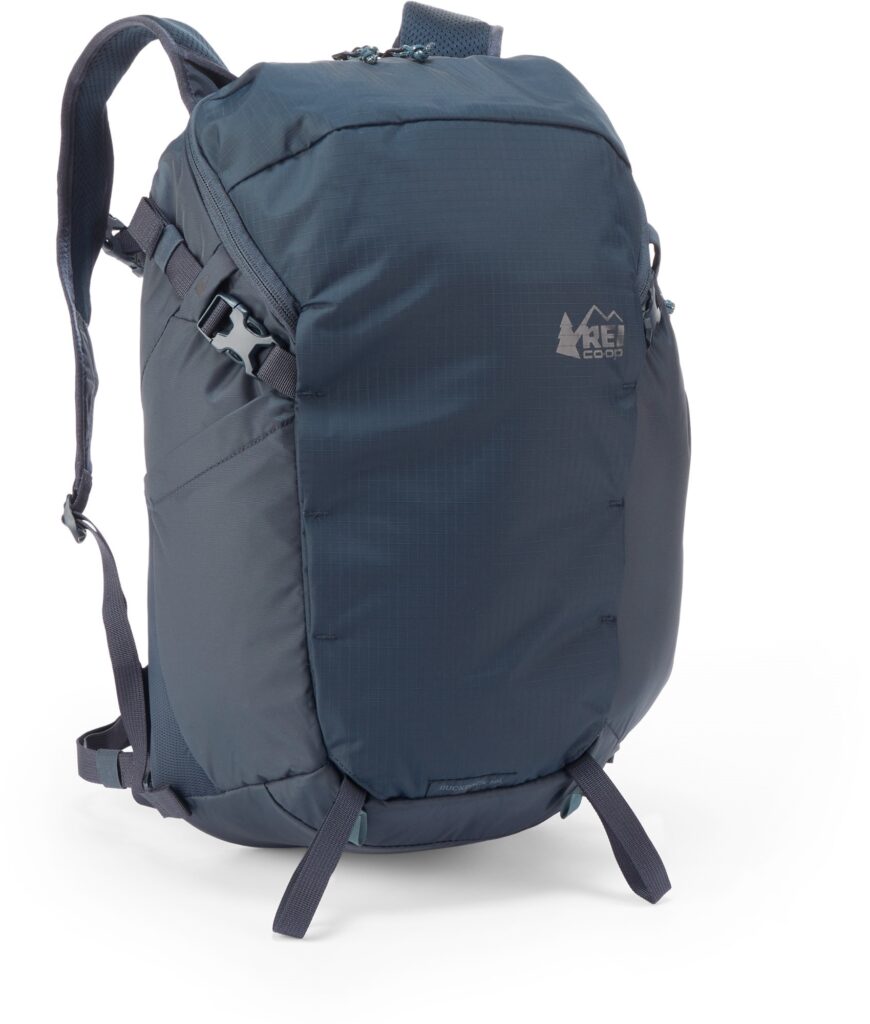
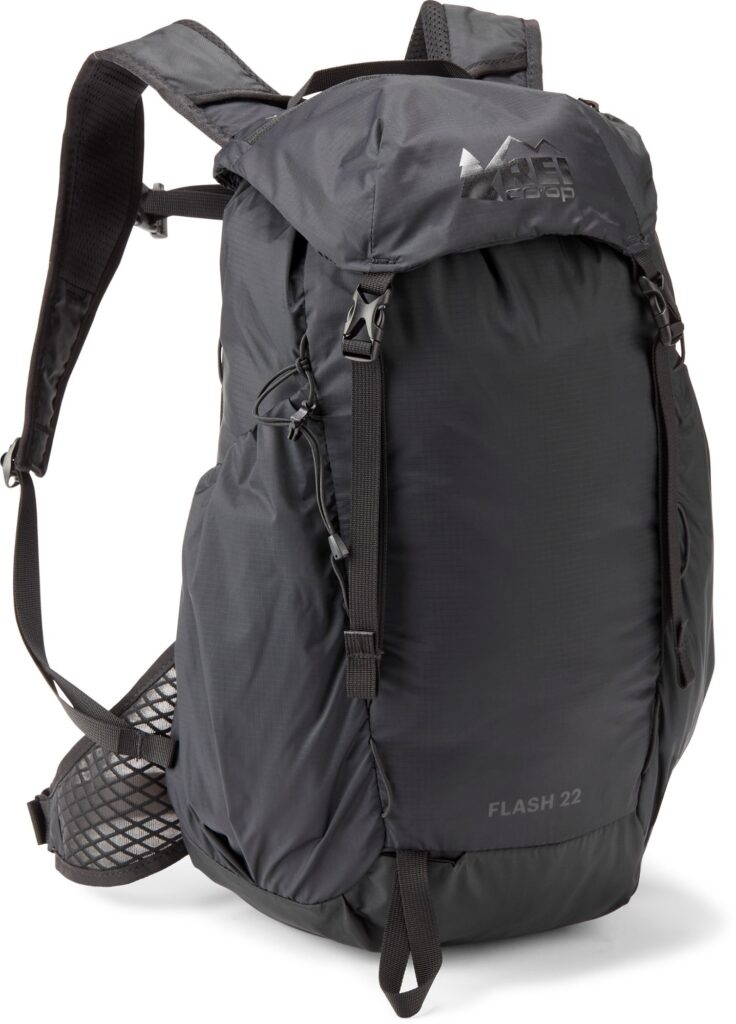
The next big thing to think about is water storage. Water is one of the most important things to consider when going on a day hike. There are several ways to carry water. One could be the typical water bottles. Carry as many as you need. Another would be a large water bladder with a hydration hose. This is a very convenient way to carry water as it allows you to access your water on the go and without having to take your bag off or reach awkwardly for a water bottle. One more way to meet your water needs is by just having the minimum amount you need between clean water source and carrying a portable water filter. Water filters these days are incredibly small and lightweight. My thru hiking days have made me quite fond of using simple disposable water bottles. I usually do some combination of water bottles or water bottles with a filter. Below is my preferred water filter and some examples of carrying options.
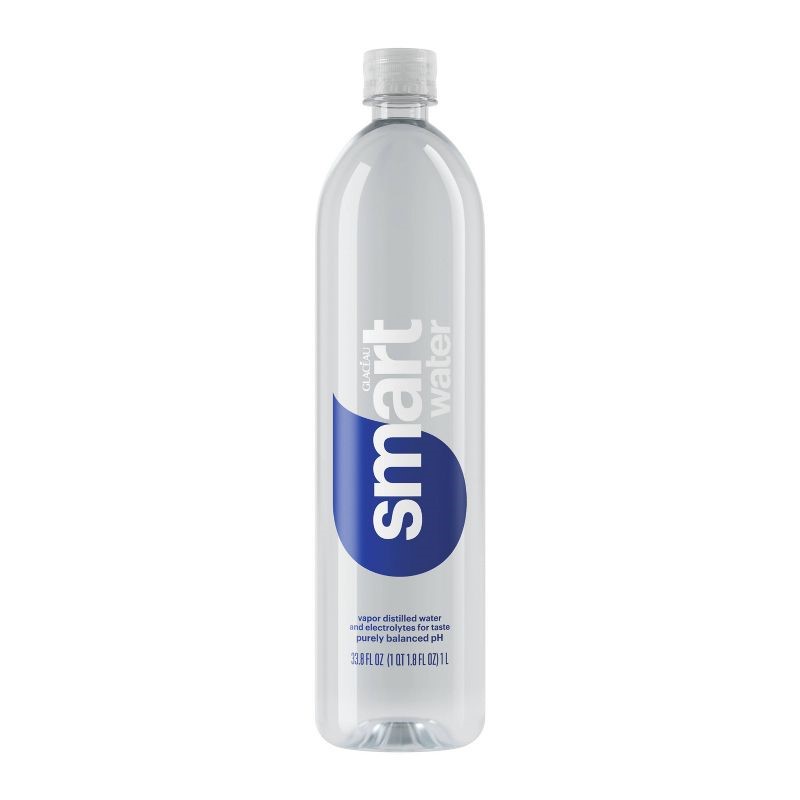
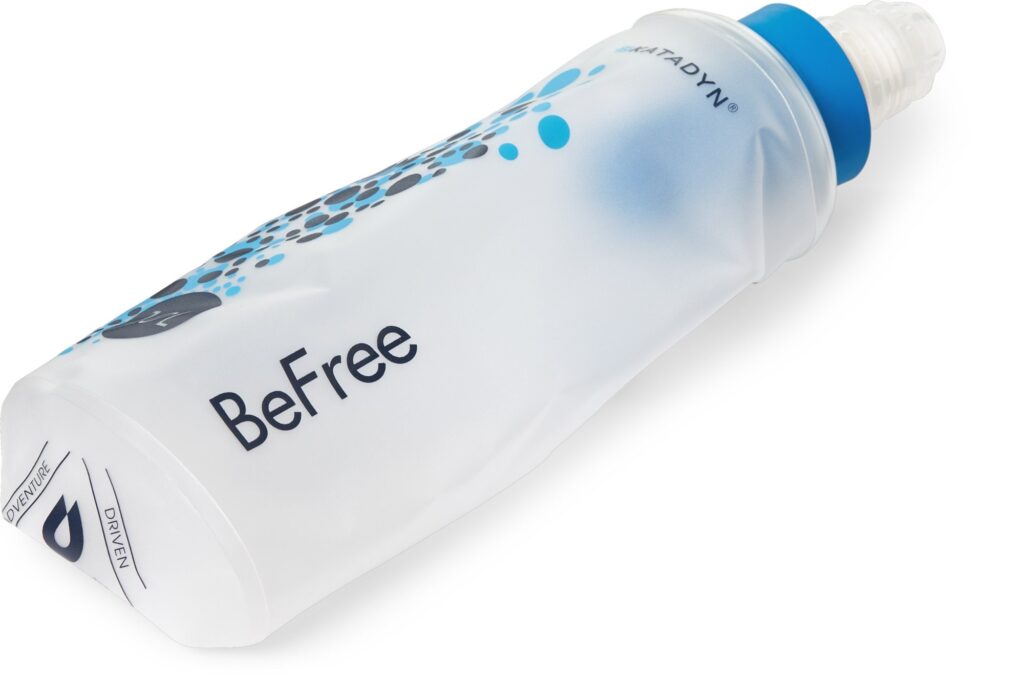
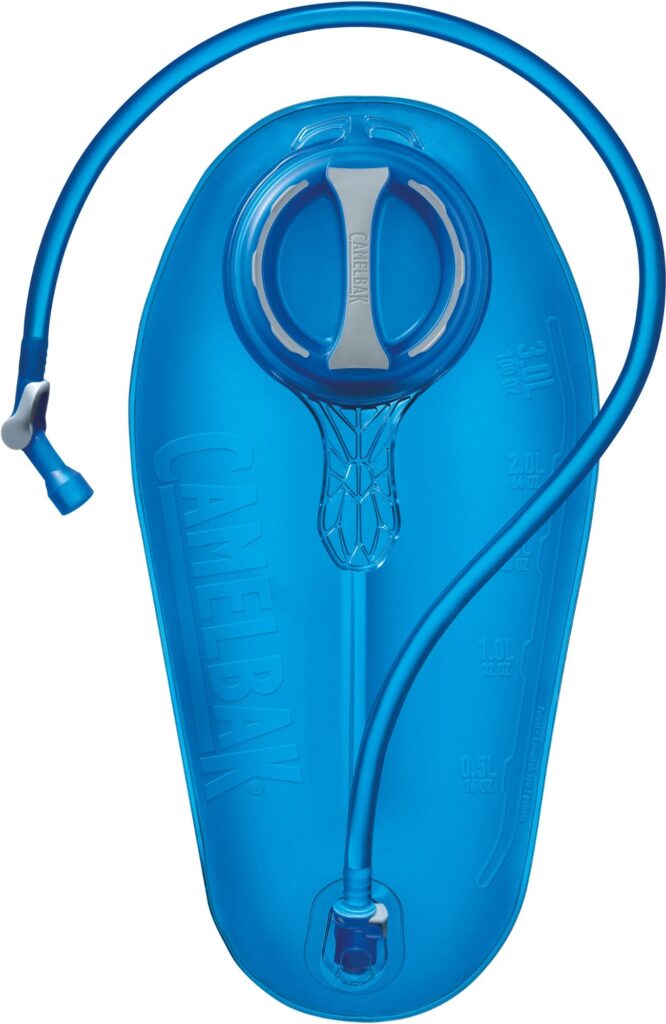
Next up would be a rain layer. Now, I’m not a big fan of rain pants but, by all means, bring them if you want them. I’ve found from experience that my legs do get super could if I get stuck in a rain storm. As long as I keep my core dry and warm, I don’t get too concerned. I’d say any good rain jacket would serve the part but I’m a sucker for ultralight gear. I’m using the Outdoor Research Helium jacket these days.
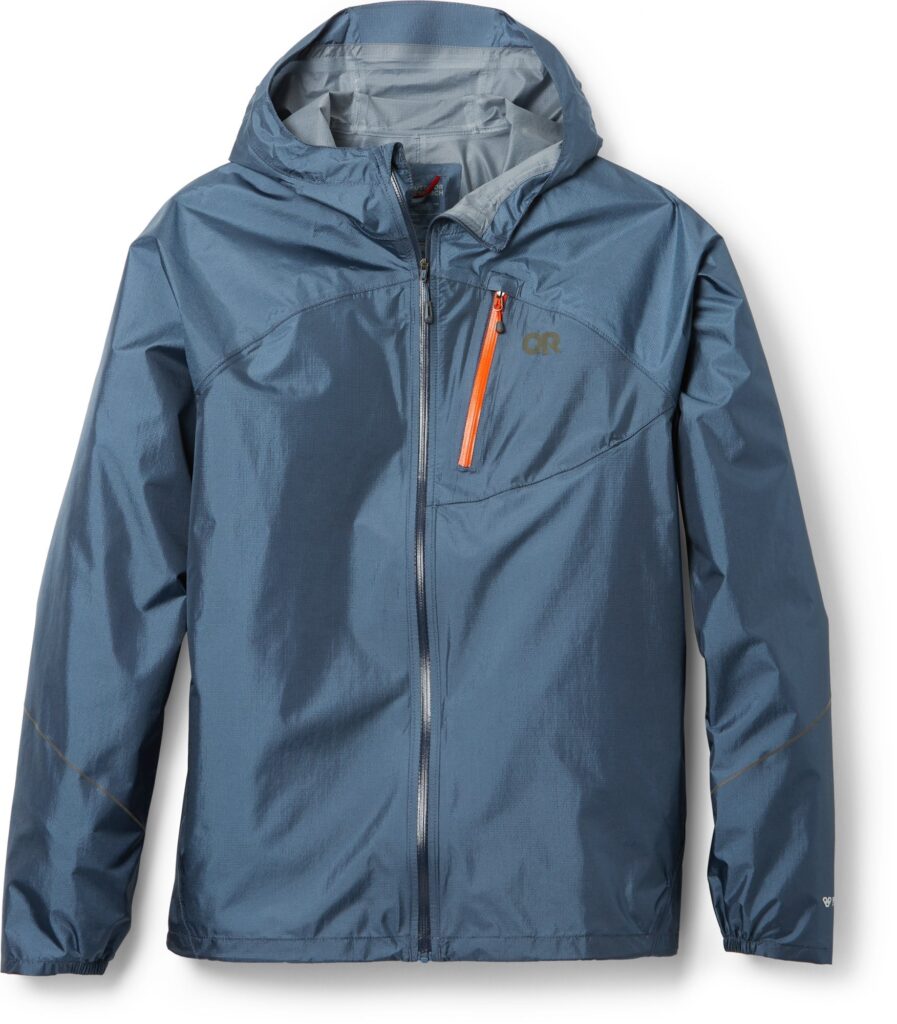
Depending on the time of year and chance of a cold storm hitting, I sometimes carry an insulating layer. I have several to choose from. One being a light fleece pullover, another being a light puffy, and the heavy hitter is my thick Patagonia puffy. Sometimes I’ll throw in a beanie if I need some extra protection.
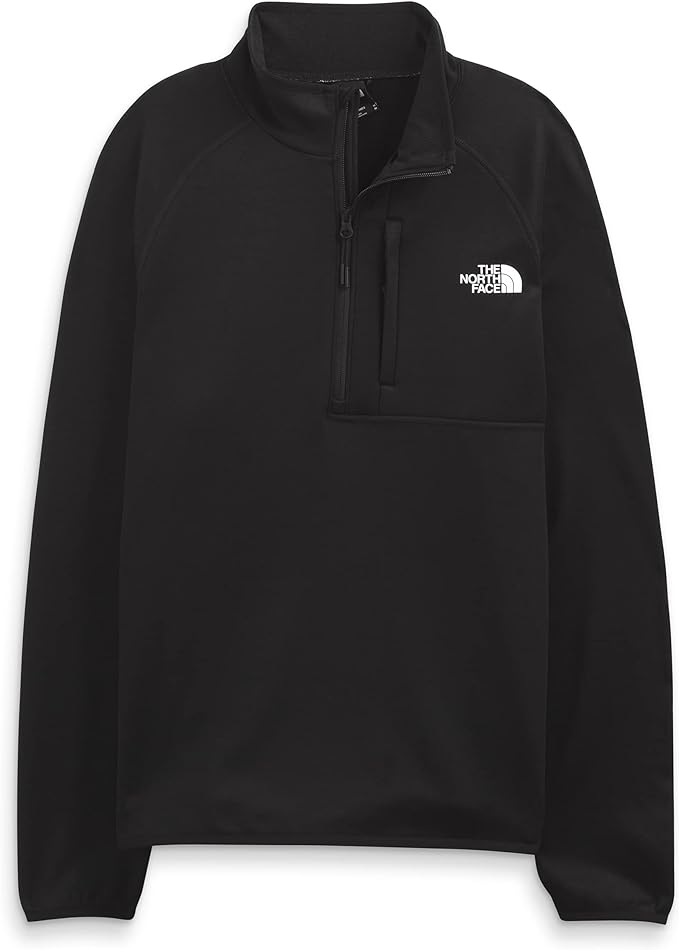
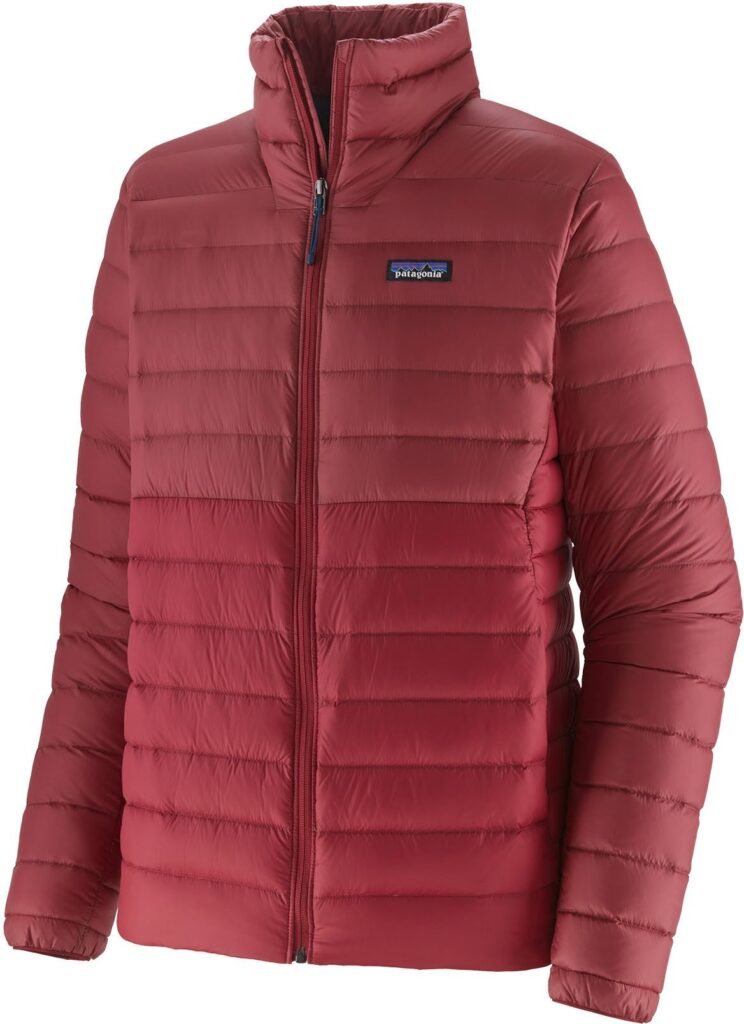
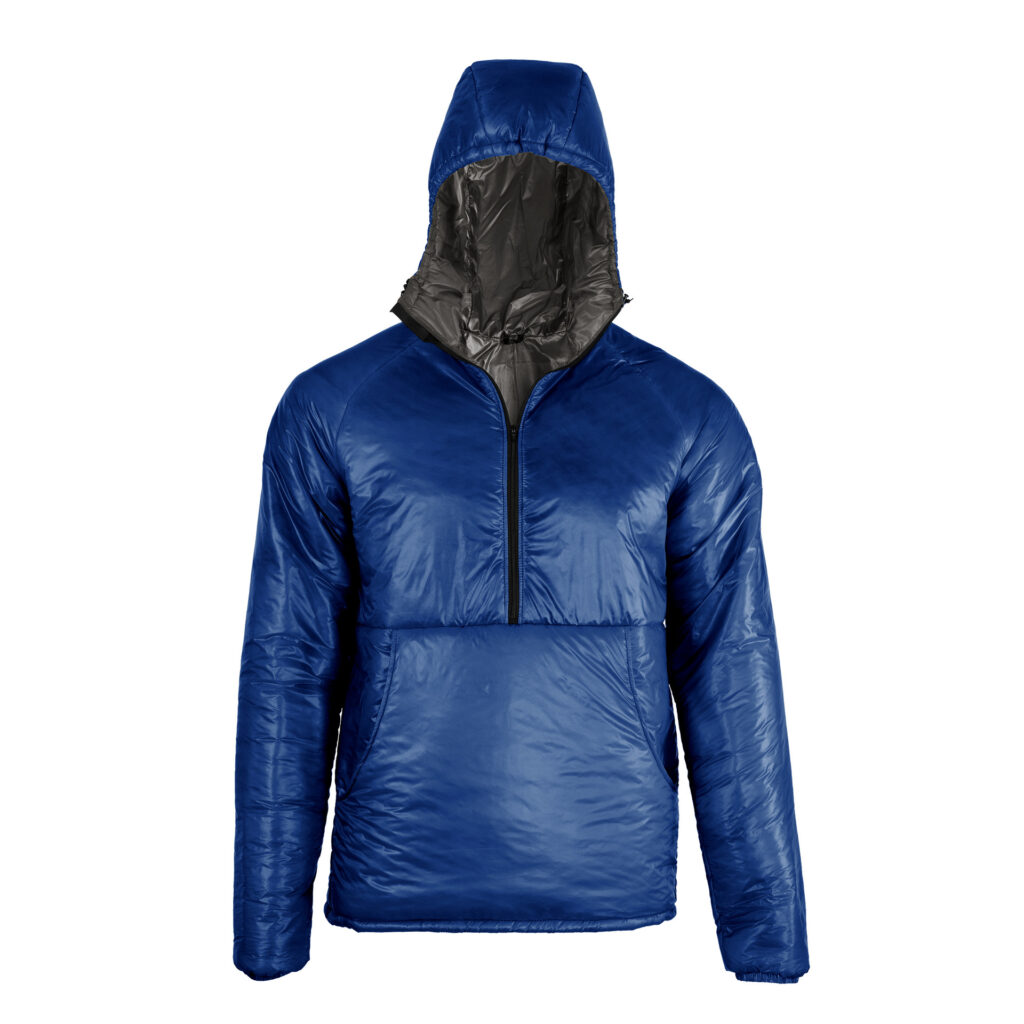
I usually carry a bit of toilet paper cause you never know when nature will call. If you are going to be out on a long hike, it would be a good idea to bring a trowel also. My top pick is the Deuce of Spades II.
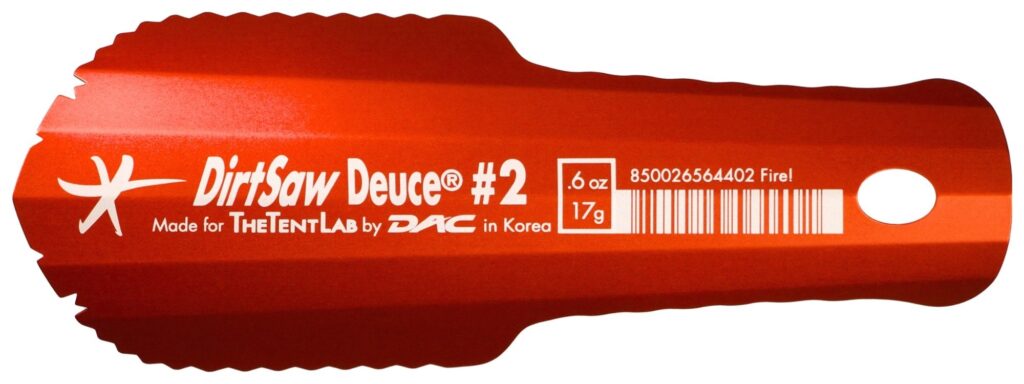
Obviously, you’re going to need some snacks. I won’t go too deep into this as there are thousands of options out there and everyone is going to have their own ideas. I find that some nuts along with a Bobo’s bar generally hit the spot. If I’m doing something a little longer, I’ll throw in a PB&J or something more substantial.
Now if there is any possibility of getting caught in the dark, I’ll bring along a head lamp. This is usually on longer hikes or hikes near the end of the day. A good lightweight option is the Nitecore NU-25.
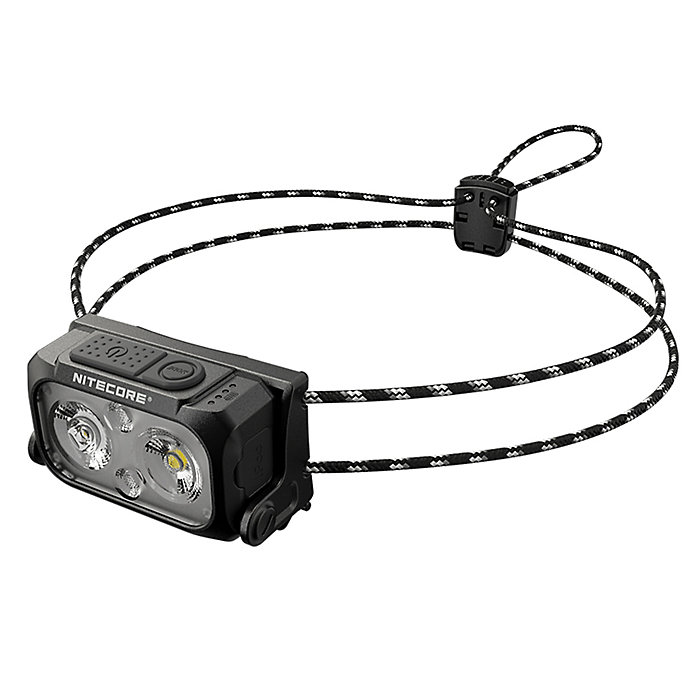
Navigation and rescue is something I lean on my phone for. It has its limits but I’m comfortable with the risks. There are options like the Garmin In Reach for emergency rescue but I don’t really use those. A good idea is to carry paper maps also. I plan to buy the iPhone 15 soon. It has a built in satellite rescue option.
If I’ll be on a very long day hike, I might opt to bring along a spare external battery to charge my phone. I prefer the Anker Powercore 5000 as a lightweight and simple option.
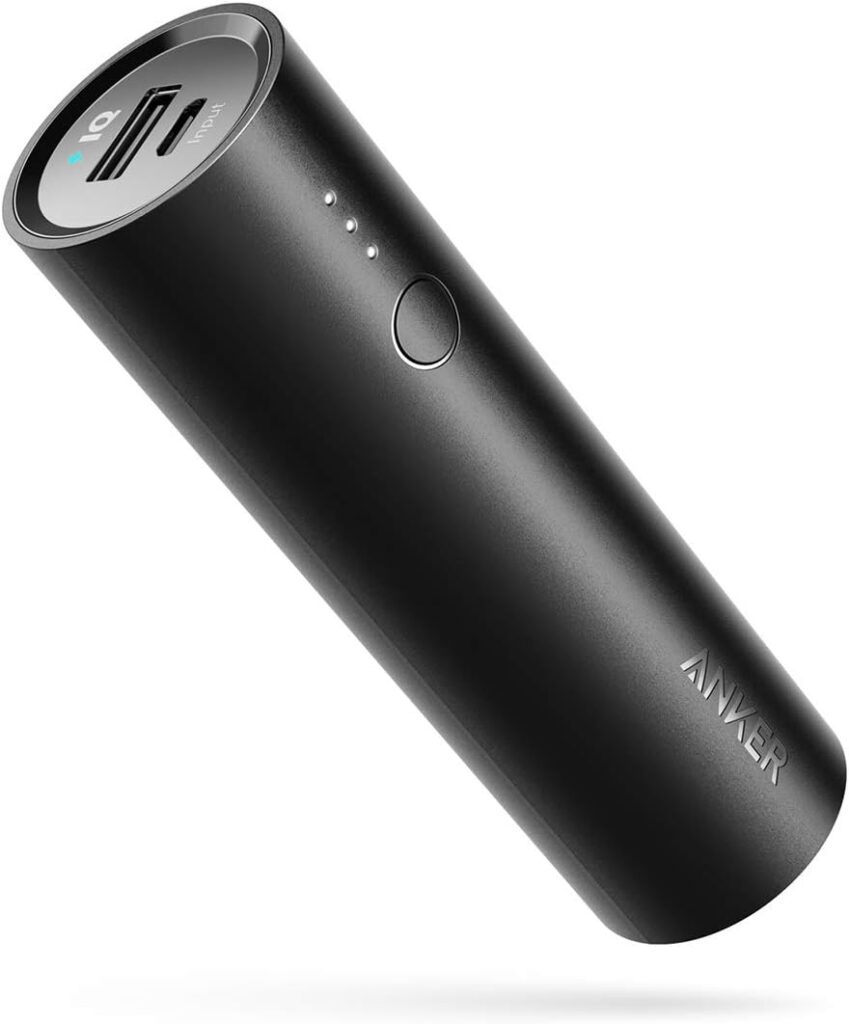
You might want to bring along a simple first aid kit on your day hikes. I have a good kit in my overnight setup that I can just grab and toss into my day pack. Some good options for a first aid kit would be: bandages, tape, pain medications, alcohol wipes, blister patches, water treatment tablets, etc.

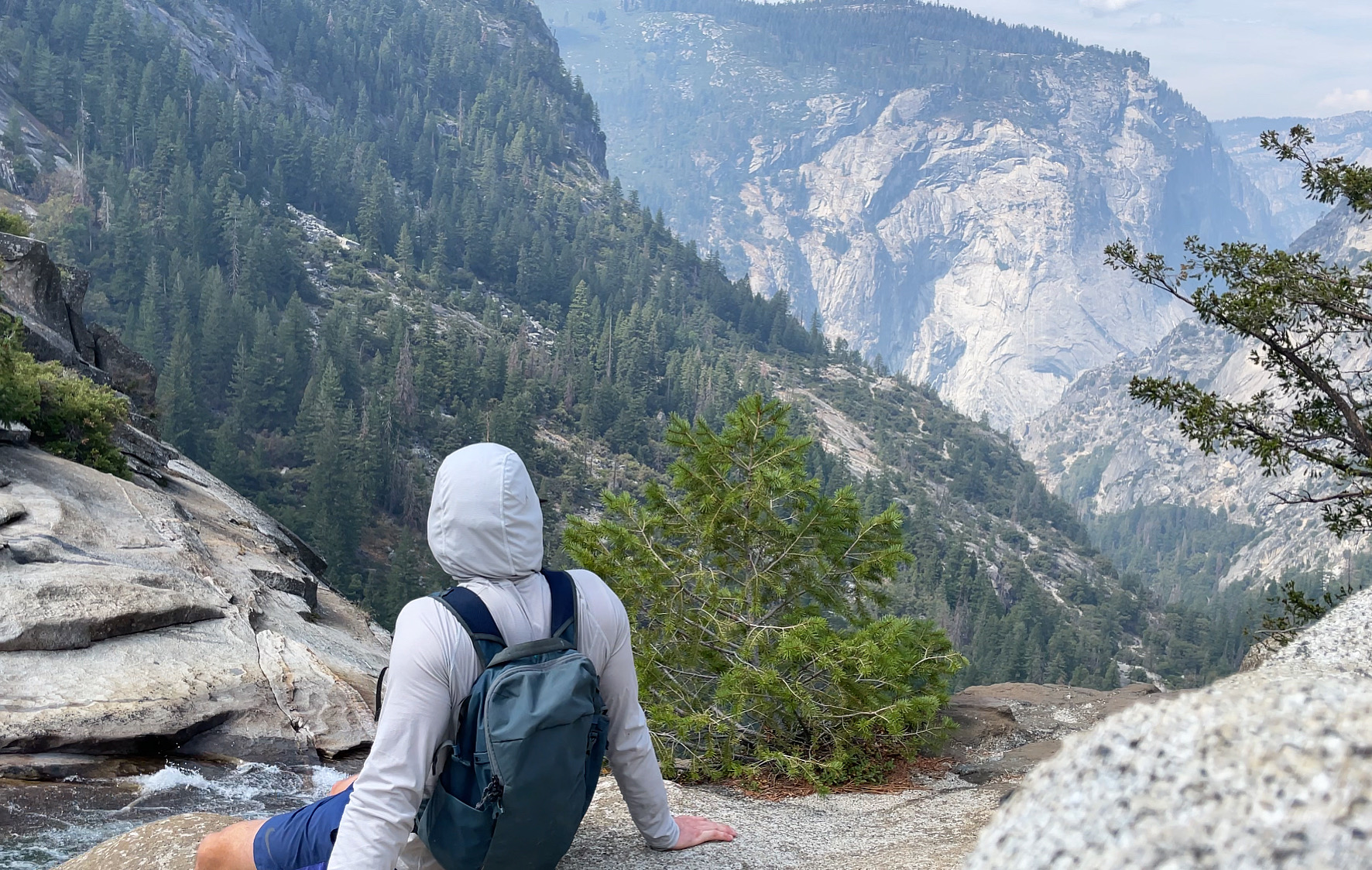
Leave a Reply